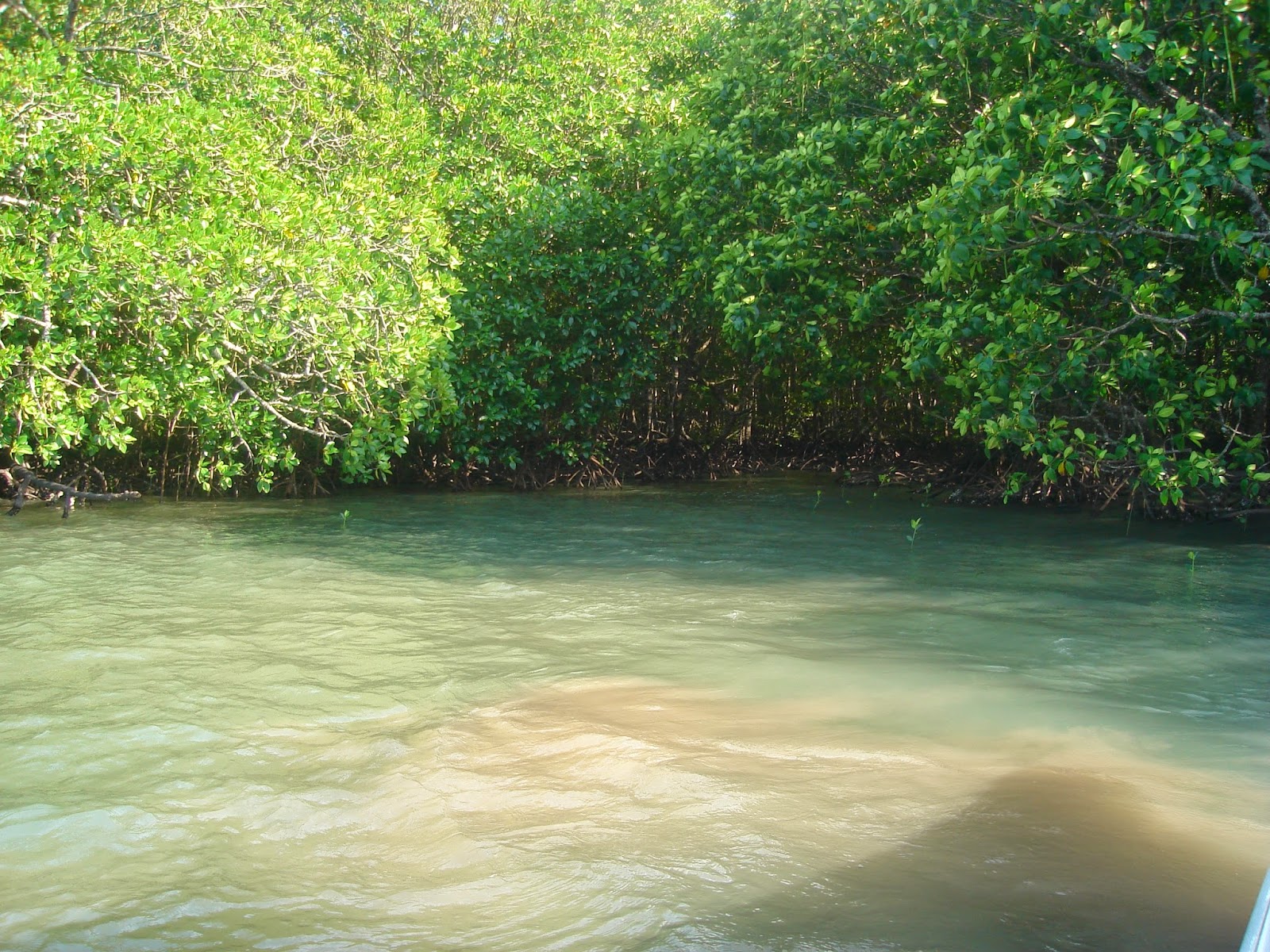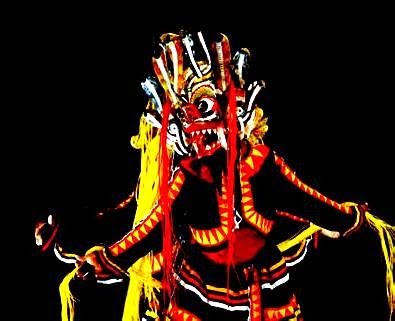Limestone forests and Mangrove trails
encourage eco- tourism in Malaysia Langkawi. Elsie Gabriel
Amazing white sheets of sheer limestone
hills surrounding forests on the slopes of north east Langkawi, is what makes
your eco trail all worth it.No fuss.No glamour.No colour of money in the world
can buy you beauty like this eco tourism.The Malay’s are proud of their natural
beauty and work hard to preserve it.
We took a boat through the twists and
turns of the Kilim river. Winding through the aerial walking roots of the
Mangrove zones. Capturing colored kingfishers, eagles and often otters and
dolphins were a theatrical treat. During a tour of the mangrove forest, you can
part take of feeding the white headed eagles who dive in and show off their
skills while picking out the fish that the boat man throws in.Appreciate the
wonders of nature and its attributes towards the ecosystem on this Langkawi
mangrove forest and eagle-watching tour in Tanjung Rhu. Simply soak in the
kaleidoscope of fauna and flora in their natural habitat.We were so excited we
took a swim, dived straight into a little cove hidden in Langkawi's mangrove
forest in Tanjung Rhu.And every one followed suit.It was nature taking over.
After some local fish curry lunch we
headed for a cable car ride above all the mangroves.Once you are up there you
know that it is the mangroves that protect the country of Malaysian coast from
flooding.It is the mangrove zone which provides rich sea food life.
Mangroves help the Malaysian coasts and
are a blessing to the country.
· protect coastlines against erosive wave action and strong
coastal winds, and serve as natural barriers against tsunamis and torrential
storms.
· prevent salt water from intruding into rivers.
· retain, concentrate and recycle nutrients and remove
toxicants through a natural filtering process.
· provide resources for coastal communities who depend on the
plants for timber, fuel, food, medicinal herbs and other forest products.
· can be harvested sustainably for wood and other products,
· are an important breeding ground for many fishes, crabs,
prawns and other marine animals, essential for sustaining a viable fishing
industry. Malaysia's mangroves are more diverse than those in tropical
Australia, the Red Sea, tropical Africa and the Americas. About 50% of fish
landings on the west coast of Peninsular Malaysia are associated with
mangroves.
If you want to see more mangroves take the
Langkawi Cable Car which will take you high above the Langkawi rainforest on
Mount Mat Chinchang for the most spectacular views of the surrounding islands
and sea. I was in awe and meditational mode once up in the sky looking down on
Gods green creation. A total green umbrella of thick foliage canopy of trees.
You also get to see the Oriental Village in Burau Bay up to the top of the
island’s second highest peak, Gunung Machincang.You can join the eagles and
other beautiful birds above the rain forests when air borne.
It’s an absolute must-do when you visit
Langkawi and a great way to orientate yourself about the extensive stretch of
mangroves. This cable car ride has the longest suspension between two stations
in the world.The full family enjoyed the 360-degree panoramic views of the
Langkawi islands, mainland Malaysia and Southern Thailand.Tourist buses and
taxis are easily available outside your hotel to escort you to the cable car
entrance sites.
With
so many convenient modes of transport available today, visiting Langkawi has
never been easier. Ferries operate four
routes to Langkawi from Kuala Kedah,
Kuala Perlis,Penang around the clock. On the other hand, Langkawi boasts an International
Airport, located 20 km away in Padang
Matsirat, for locals and tourists.
There
is nothing more precious than taking an eco tour of Mother Natures offering!
This is a Mothers day tribute to our Planet Earth. Mother Earth gives, gives and only gives, wanting nothing back but preservation.
































